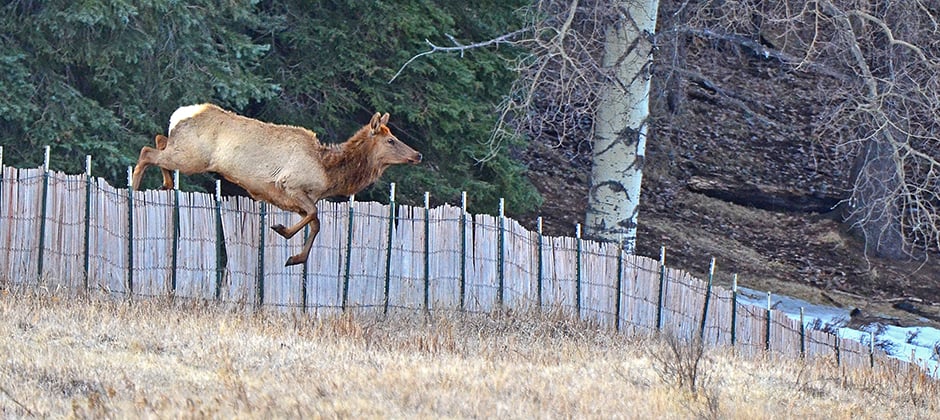Share this article
TWS2020: Exploring the historic trails of Mexican elk
Back when much of what’s now the U.S. Southwest still belonged to Mexico, elk used to roam widely across the region. Researchers are now looking at old diaries, books and other historical documents to determine where exactly the ungulates once lived. They hope that what they find can inform rewilding efforts in New Mexico, Texas, Arizona and northern Mexico.
Determining where the elk (Cervus canadensis) once occupied could not only better inform efforts to manage these ungulates, they believe, but also help with the conservation of other species, like Mexican wolves (Canis lupus baileyi), which could have depended on elk as a prey item.
TWS member Kyle Shaney, a postdoctoral researcher in ecology at the National Autonomous University of Mexico, presented his ongoing research on elk in Mexico at The Wildlife Society’s virtual 2020 Annual Conference.
Northern Mexico traditionally held many of the same large ungulate species as the western United States and Canada, such as grizzly bears (Ursus arctos horribilis), pronghorn (Antilocapra americana) and bison (Bison bison). But researchers don’t know the distribution of those species due to limited historical data, and unregulated hunting wiped out most of the big game species in the region. Shaney wanted to find more information on elk in Mexico, which were likely distributed in some of the mountainous and grassland parts of northern states like Chihuahua, Coahuila and Sonora as well as parts of the U.S. that once belonged to Mexico.
Shaney researched historical documents in English, Spanish and indigenous languages, including journals from explorers and military notes that mentioned the animals. The farthest south the species was documented was in the Sierra Madre Occidental region in the state of Chihuahua, recorded by John Woodhouse Audubon while exploring the region in 1849.
Shaney also did modeling using climate data to map out the environments where they likely occurred and those that still might be suitable.
He found that historical sightings matched pretty closely with the models, indicating where elk ought to be — mostly mountain meadows, conifer forests and some lowland grasslands in northern Mexico.
The information is important, he said, due to ongoing rewilding efforts. Elk have been reintroduced to parts of New Mexico and Arizona, and the populations there are doing so well that they are naturally dispersing into Texas and possibly even Mexico. Mexico also has a herd that was introduced to provide ecological services to the Maderas del Carmen biosphere reserve in the state of Coahuila, and several private Mexican ranches maintain elk as game species.
But both Texas and Mexico still manage elk as an exotic species. “That should be a little more nuanced — they should probably treat them as a native species in areas where they used to be,” Shaney said.
There is some discussion of whether the Merriam’s elk subspecies (Cervus canadensis merriami) that lived in Mexico and Texas were the same species as elk found farther north, Shaney said, but they all would have been interconnected to a degree.
Mexican wolves likely preyed on the elk in the past, he said, and now that both species are being reintroduced, research is needed to determine how the spread of elk will impact wolf recovery in northern Mexico, as well as the recovery of other species.
The questions around Mexican elk highlight the need for both countries to work together to deal with habitat restoration, Shaney said. The wildlife of both countries didn’t historically heed international borders, and there is still movement between the U.S. Southwest and Mexico.
“The future health of the ecosystems in the U.S. is going to depend on the future health of the ecosystems in Mexico,” he said. Factors on one side of the border will likely impact wildlife on the other, Shaney said, and the growing border wall between the two countries creates new problems for many species, including elk.
“The border wall is going to have some major ecological impacts. Strictly from a biological perspective, it’s not good,” he said. “It’s very unclear what the future holds for elk in Mexico.”
Header Image: A cow elk jumps a fence in New Mexico. Credit: Larry Lamsa








